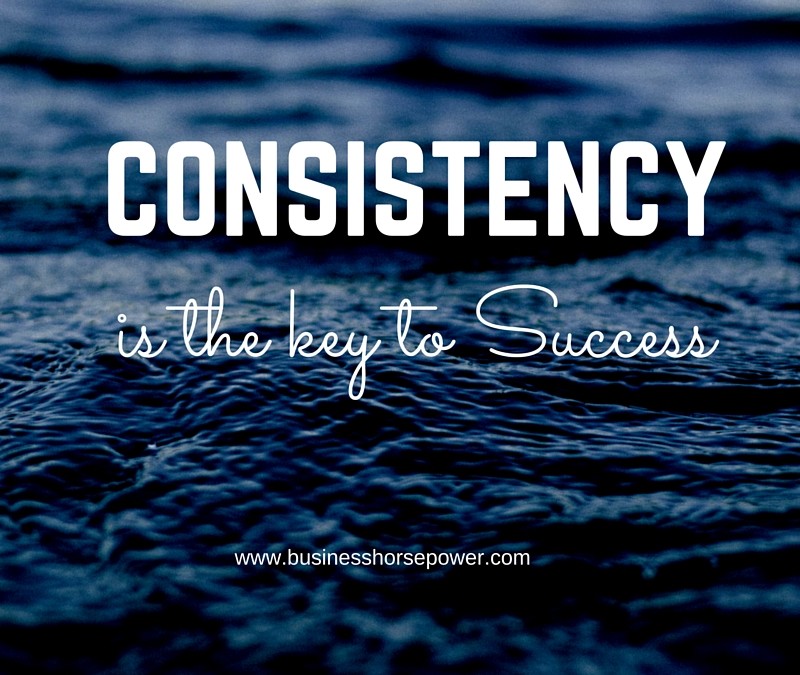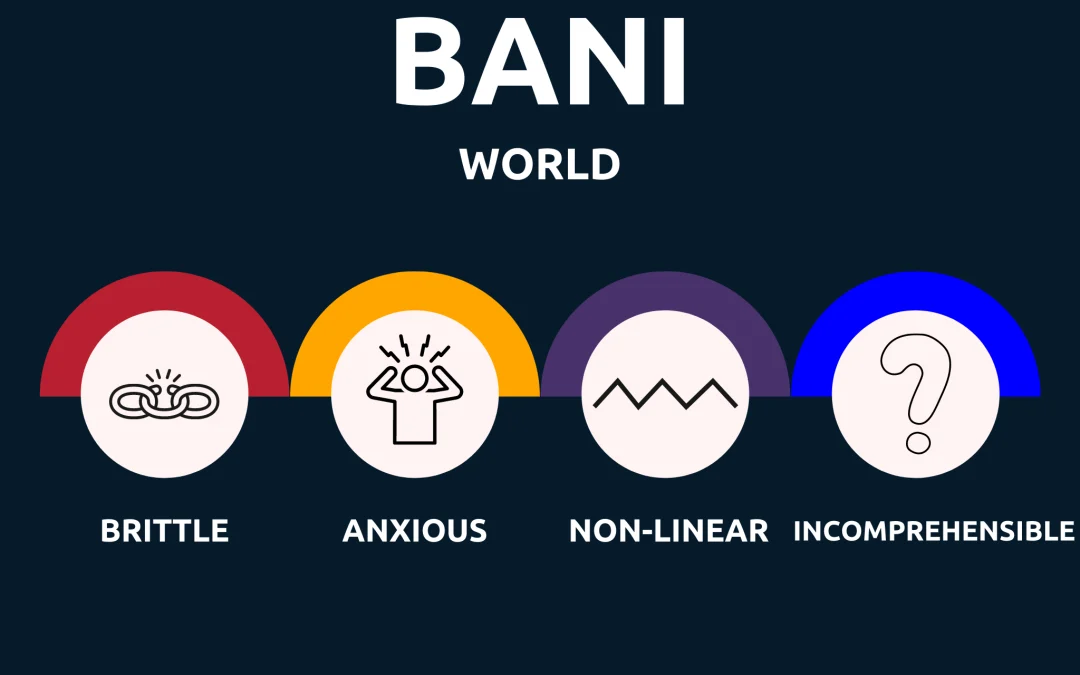
Reinventing Leadership for the 21st Century: Why and How Leaders Must Evolve to Thrive in Chaos
In today’s fast-changing, unpredictable world, the leaders who thrive are not those who rely on past successes, rigid structures, or outdated management playbooks. Instead, the 21st century demands adaptive, forward-thinking, and continuously evolving leadership—a model built on reinvention.
Why Leadership Must Be Reinvented Now
The traditional models of leadership were built for a more stable and predictable world. Hierarchical structures, top-down decision-making, and long-term strategic plans worked in an era of slow-moving change. However, today’s world operates at an accelerated pace, driven by technology, globalization, economic uncertainty, environmental shifts, and societal expectations.
The Data Speaks: Change Is No Longer an Event—It’s Continuous
- 60% of businesses report that they need to reinvent themselves every three years or less just to survive
- One out of three public companies will cease to exist in their current form over the next five years—a failure rate six times higher than forty years ago
- The average lifespan of an S&P 500 company has dropped from 33 years in 1964 to just 12 years projected by 2027
- A Harvard Business Review study found that 75% of business transformations fail, largely because they approach change as a one-time initiative instead of an ongoing process.
Titanic Syndrome: The Danger of Holding on to the Past
One of the biggest threats to leadership today is what’s called Titanic Syndrome—when leaders and organisations, faced with disruption, create their own downfall by clinging to past successes, refusing to adapt, or ignoring emerging realities
- Nokia ignored the shift to smartphones.
- Kodak invented digital photography but failed to capitalize on it.
- Blockbuster laughed at Netflix’s online streaming model.
Each of these companies had the opportunity to reinvent, yet they chose stability over evolution—and paid the price.
The same applies to leadership. If leaders today fail to adapt, evolve, and reinvent their leadership approach, they risk becoming obsolete—just like the organizations they lead.
How To Reinvent Leadership for the 21st Century
Reinvention isn’t just a business strategy—it’s a leadership mindset and a system. And with 45% of CEO’s believing their business will not be viable in 10 years if it stays on the same path, it is now a leadership imperative.
Here’s a practical, action-oriented framework for leaders who want to future-proof their leadership and create organisations that thrive in disruption.
1. Build a Reinvention Mindset: Adopt Nature’s Approach To Leadership
Nature is the greatest teacher of reinvention. The seasons change, ecosystems adapt, and animals evolve to new environments. Leaders should take inspiration from nature’s cycles of reinvention:
- Winter (Reflection & Renewal) → Step back, assess, and let go of outdated methods.
- Spring (Growth & Experimentation) → Test new strategies, encourage creativity, and allow fresh ideas to emerge.
- Summer (Execution & Scaling) → Double down on what’s working and build momentum.
- Autumn (Harvest & Preparation) → Celebrate wins, document lessons, and prepare for the next reinvention cycle.
👉 ACTION: Schedule quarterly “Seasons of Leadership” reviews where you assess what needs to be let go, nurtured, tested, scaled, and celebrated.
2. Shift From Managing Stability To Leading Continuous Improvement
Leaders can no longer afford to react to change; they must anticipate, design, and implement it continuously.
Key Shifts in Leadership Thinking
| Old Leadership Model | New Reinvention Model |
| Change is a one-time project | Change is a continuous system |
| Top-down decision-making | Decentralised, empowered teams |
| Rigid long-term plans | Agile, adaptable strategies |
| Risk avoidance | Experimentation & calculated risks |
| Control and efficiency | Innovation and flexibility |
👉 ACTION: Use the Titanic Syndrome Diagnostic to evaluate where your leadership style may be clinging to outdated success patterns.
3. Reimagine Your Leadership Role: Become a Chief Reinvention Officer
To succeed in the 21st century, leaders must go beyond traditional leadership models. You need to become a Chief Reinvention Officer—someone who anticipates change, designs new strategies, and implements transformation continuously.
The Reinvention Leadership Model
A reinvention-ready leader must master these six pillars:
- Anticipation → Actively scan for emerging trends before they become disruptions.
- Experimentation → Test new ideas rapidly with a “fail fast, learn fast” mindset.
- Collaboration → Break silos and encourage cross-functional, cross-industry learning.
- Sustainability → Lead with long-term adaptability, not just short-term gains.
- Resilience → Create a culture that embraces uncertainty and sees change as an opportunity.
- People Empowerment → Equip teams with the skills, autonomy, and mindset to adapt.
👉 ACTION: Shift your leadership approach from command and control to inspire and empower—let your team lead reinvention at all levels.
4. Reinvent Team Collaboration: From Hierarchies To Networks
Traditional hierarchical leadership no longer works. Teams today thrive in decentralized, agile, and purpose-driven environments.
How to Reinvent Your Team Structure
| Traditional Teams | Reinvented, Agile Teams |
| Rigid hierarchy | Flat, cross-functional collaboration |
| Fixed job roles | Fluid roles based on strengths & projects |
| Top-down decision-making | Empowered, self-directed teams |
| Siloed departments | Cross-functional networks |
👉 ACTION: Introduce “Reinvention Labs”—teams dedicated to testing new ideas, processes, and leadership styles in small, controlled experiments.
5. Build a Reinvention System: Make Change Part of Daily Operations
The best leaders don’t just talk about reinvention—they bake it into their organisation’s DNA.
How to Build a Reinvention System
- Create a “Reinvention Budget”—allocate resources specifically for innovation and experimentation.
- Measure What Matters—track metrics beyond financials, such as agility, adaptability, and team engagement.
- Celebrate Failure—reward learning and risk-taking, not just results.
- Make Learning a Non-Negotiable—continuous learning should be embedded in daily work, not just in annual training sessions.
👉 ACTION: Implement a “Reinvention Scorecard” to track how often your team is experimenting, adapting, and learning from failure.
The Future of Leadership Belongs To Reinventors
The leaders of the future will not be the ones who hold on to outdated structures, methods, or mindsets. They will be the ones who embrace change, continuously reinvent, and lead with adaptability.
Your Next Steps as a Reinvention Leader
- Adopt Nature’s Reinvention Cycles—schedule seasonal leadership reviews.
- Use the Titanic Syndrome Diagnostic to identify outdated leadership habits.
- Empower Teams Through Reinvention Labs—let teams lead innovation.
- Shift From Stability to Agility—lead reinvention, not just change.
- Build a Reinvention System—make continuous learning and innovation part of daily operations.
💡 Final Thought: Reinvention is not a one-time project—it’s a way of life for 21st-century leaders. The question is not whether you need to reinvent, but how fast you can start.
Are you ready to become a Chief Reinvention Officer?











